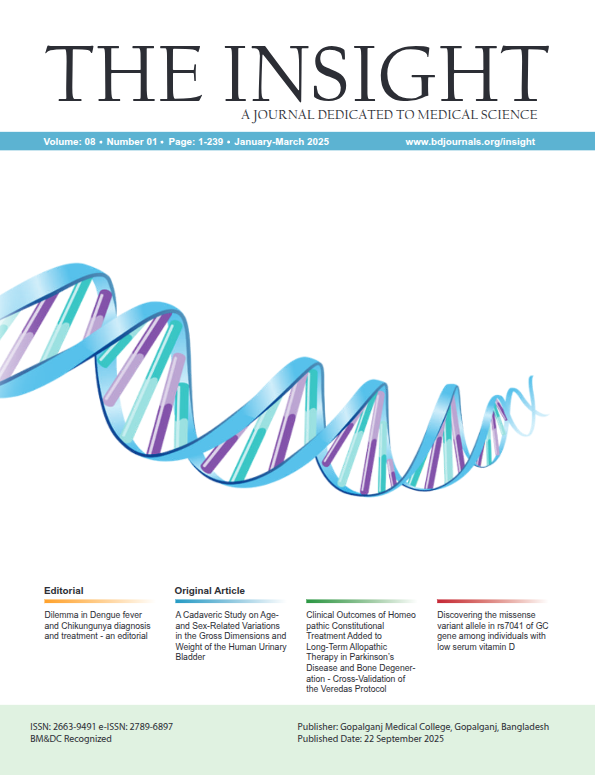Abstract
Background: Bacterial meningitis remains a neurologic emergency with high mortality and morbidity despite advances in antimicrobial treatment. Prognostic indicators need to be determined early in order to offer optimal care and improved outcomes in developing nations. The study aimed to evaluate the clinical features, microbiology, management, and outcomes of bacterial meningitis, focusing on modifiable risk factors to improve patient care. Methods & Materials: This hospital-based observational study included 120 clinically and laboratory confirmed bacterial meningitis patients, excluding tuberculous, viral, or fungal cases. Detailed demographic, clinical, laboratory, microbiological, and imaging data were collected, along with outcomes such as mortality, neurological complications, and hospital stay. Statistical analysis was conducted in SPSS version 26, including descriptive statistics, chi-square tests for group comparisons, and logistic regression to identify predictors of mortality. Survival analysis was performed with Kaplan–Meier curves and log-rank tests, and Cox regression quantified hazard ratios, with significance set at p<0.05. Results: The study population had a mean age distribution in all groups with male predominance (60%). Fever (90%) and stiff neck (70%) were the most common presentations. Streptococcus pneumoniae was the most common pathogen isolated (20%). 20% of the patients died in the hospital, and 40% had neurological complications. Independent predictors of mortality were age ≥65 years (OR 3.25, 95% CI 1.25-8.45), admission GCS ≤8 (OR 5.10, 95% CI 1.95-13.30), delayed presentation >48 hours (OR 2.40, 95% CI 1.02-5.66), and Gram-negative bacterial infection (OR 2.90, 95% CI 1.05-7.95). Adjunctive therapy with dexamethasone was protective (OR 0.45, 95% CI 0.18-0.98). Conclusion: Death from bacterial meningitis remains high in our setting. Better survival correlates with earlier presentation, younger age, higher admission GCS, and adjunctive dexamethasone therapy, reaffirming the need for early diagnosis and appropriate management.

This work is licensed under a Creative Commons Attribution 4.0 International License.
Copyright (c) 2025 The Insight





 PDF
PDF